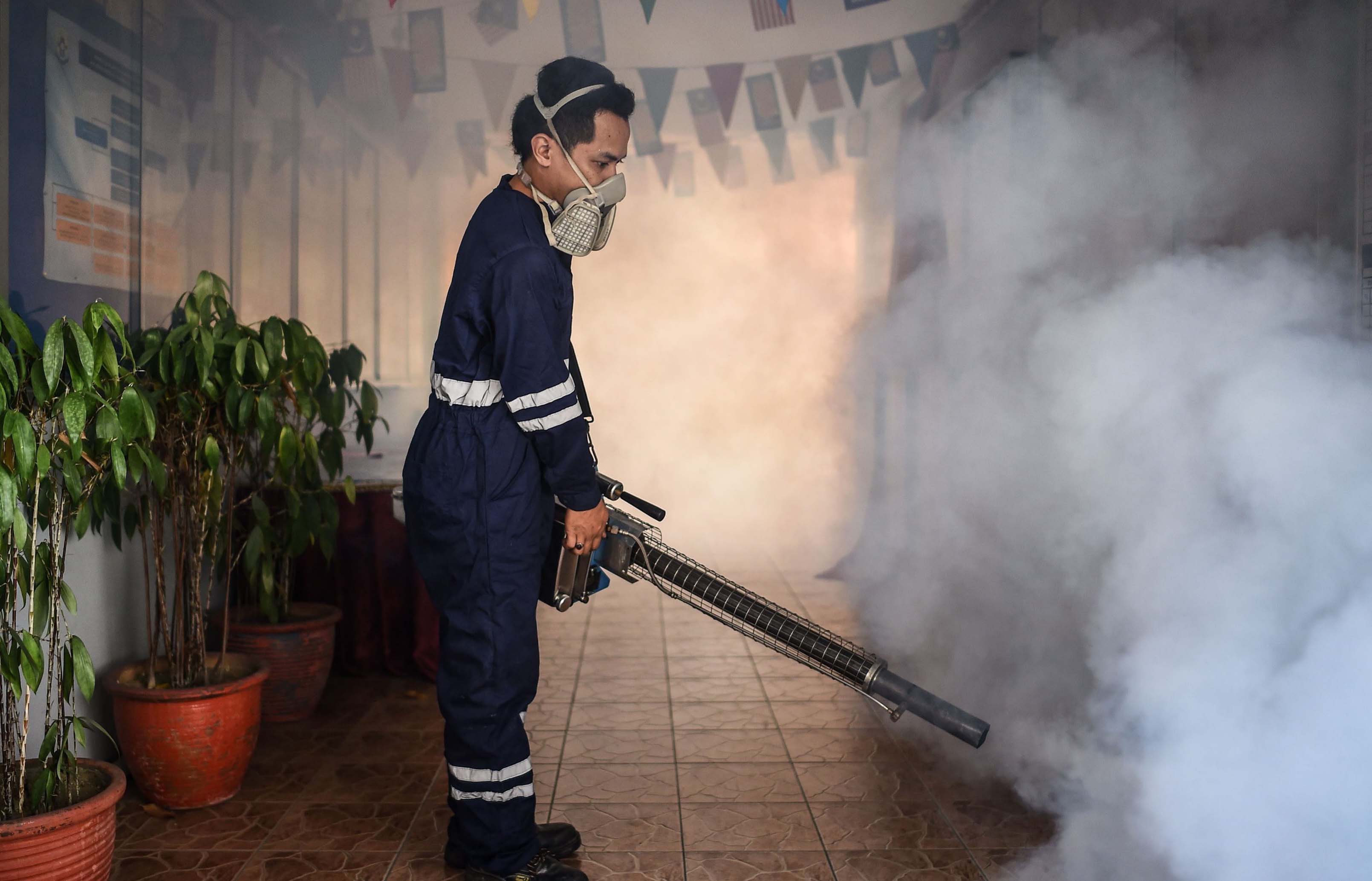Fumigation services
Fumigation services
Fumigation management Stored-product Insect Pest Management Intelligent Paste Management
Dear Customer,
In order to help us serve you better, we have provided some basic information on some important stored product insect pests encountered in food processing, packing and storage areas. We trust this information will be useful to you.
1) Beetles
Cigarette Beetle (Laci derma serricorne) : A serious pest of dried tobacco either in the stored, bundled form or in cigars, cigarettes and chewing tobacco. It also feeds on book bindings and leaves. Adults have the characteristic ‘humpbacked’ appearance when viewed from the side and are good fliers. Larvae can on a variety of stored products including grain, cereal products, ginger, raisins, dates, pepper, dried fish, drugs and seeds, making them a serious pantry or stored grain pest, as the range of food makes it difficult to control. It can infest spices like curry powder, chili powder, paprika etc and even feed on pyrethrum powder strong enough to kill cockroaches!
Drugstore Beetle (Stegobium paniceum) : Its omnivorous feeding habits makes it an important household and warehouse pest, particularly when foodstuffs are left undisturbed. Items attacked include most household food and spices, drugs, hair, horn leather, museum specimens, plant materials, cereal grains and products, flour, herbs, nuts, dried fruits, seeds, oilseed cake etc. When badly infested, solid products are full of small round holes. It is also a serious pest of books and manuscripts. Adults can fly. The tiny larvae can penetrate the finest cracks in packages and the tunnel through the food.
Khapra Beetle (Trogoderma granarium) : The most important stored product pest from the phyto-sanitary point of view for importers / exporters, thus is the subject of strict quarantine regulations. The diapauses (dormant behaviour) of the larvae makes it difficult to control. It prefers cereals and oilseeds but will feed on a variety of produce.
Confused Flour Beetle (Tribolium confusum) & Rust-red Flour Beetle (Tribolium castaneum) : both beetles look very similar and share similar habits, except that T. castaneum has antennae ending abruptly in a club shape and can fly, while T. confusum has antennae gradually enlarged towards the tip and can not fly. They are very common pests infesting many flour mills, warehouses and grocery stores, also feeding on grain, beans, dried fruits, nuts, chocolate and other foods. They can also enter buildings through infested flour and can built up into large populations on food accumulations in cabinet cracks and in crevices and in furniture and in machinery. Infested products may acquire a malodor due to a gas released by the insects.
Rust-red Grain Beetle (Cryptolestes ferrugineus) : The smallest of the grain beetles, both adults and larvae attack all type of grain and grain products and also dried fruits, groundnut seeds,herbs and oilseed cake. The larvae are freely mobile. Rapid mass reproduction leads to great heat generation in storages. Severe damage can be done to seeds and brewing barley, asthis pest also feeds on seed embryos.
Lesser Grain Borer (Rhyzopertha dominica) : A primary pest of cereal grains and other seeds; also feeds on dried potatoes, tapioca, herbs, tobacco, nuts, beans, biscuits, cocoa beans, dried fruits, peanuts, spices, drugs, leather goods, book bindings and dried fish and meat. Both adults as well as larvae are voracious feeders, capable of penetrating into packaging material. They bore into grain and eat out the entire starchy interior and the seed coat in places, leaving irregular holes and large quantities of floury dust. Heavily infested wheat has a honey-like odour.
Rice Weevil (Sitophylus oryzae) & Granary Weevil (Sitophylus granaries) : Often known as ‘snout weevils’, these two are perhaps the most distractive pests of stored grain in the world. They are internal feeders (larvae feed inside the grain) and attack wheat, maize, oats, barley, sorghum, rye, rice, stored cotton, table beans, cashew nuts, popcorn, sunflower seeds, nuts and macaroni are some of the food attacked (the rice weevil is so called only because rice is the food on which it was first described). Both weevils look similar (adults as well as larvae) and can be distinguished by the faint-reddish to pale yellow marks on the wing-case on the S. oryzae which is absent on S. granarius. Also the former can fly and is attracted to light.
Saw-toothed Grain Beetle (Oryzaephilus surinamensis) : A common stored food pest throughout the world; found stores, warehouses and grain storage areas. It readily penetrates packaged cereals, dried fruits, candies and attack flour, meal, sugar, drugs, dried meat and tobacco.
Cadelle or Bread Beetle (Tenebroides mauritanicus) : One of the largest grain-infesting beetles. It can go without food for long periods of time. Both adults and larvae feed on a great verity of grains, as well as on flour, meal, biscuits and bread, vegetables, dried fruits etc. Adults feed readily on larvae of other stored product pests. It is a serious pest in tobacco factories, where it bores into bales of dry tobacco in search of insect larvae.
Red-legged Ham or Copra Beetle (Necrosis recipes) : Significant pest (in both adult and larvae stage) of stored product with high protein content such as smoked ham, dried meat, fish and fish flour, pet food, dried fruit, copra (hence its other name), cashew, cheese, chocolate and animal hides. Often found on human corpses by forensic entomologists, has a particular liking larvae of certain flies (including common house fly) and eggs and larvae of Dermestid beetles (infestation of the two beetles are usually associated).

